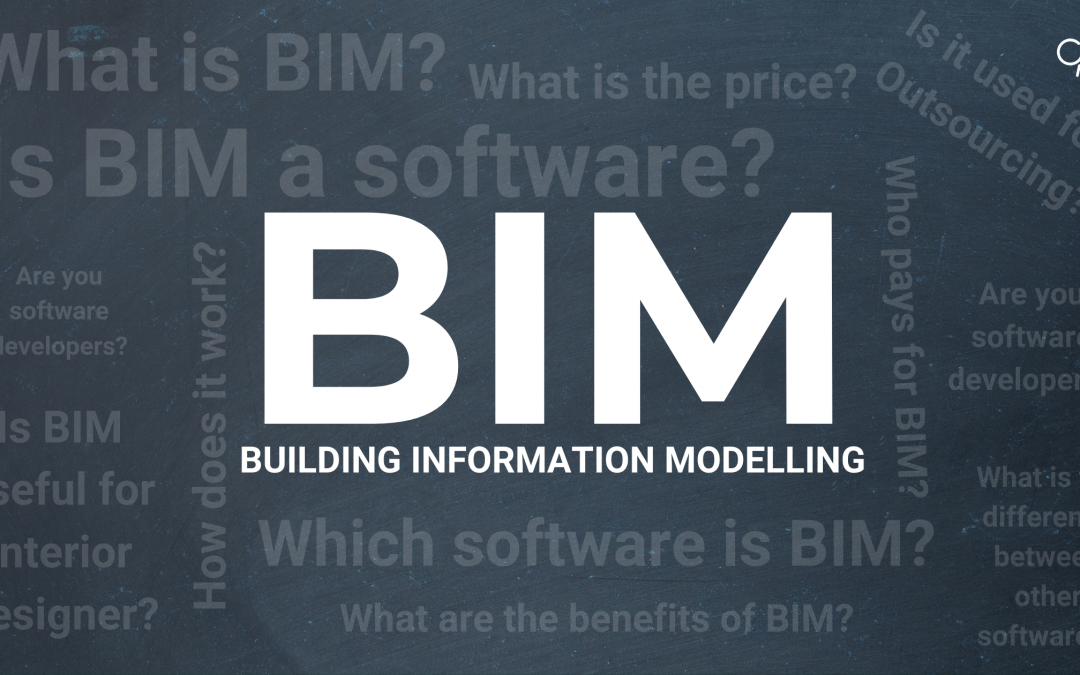BIM is the latest buzz word in Architecture, Engineering and Construction (AEC) industry, It is one of the most abused word in the last decade. If we need to understand BIM we have to first clear the BIM noise around us and start with a clean mind.
Imagine a blackboard filled with jumbled words, a cacophony of jargon, and technicalities that confuse even the experts. That’s the noise surrounding BIM. To grasp its essence truly, we must first erase the chaos and approach it with a fresh perspective.
You see, the construction industry is unique. It touches the lives of almost everyone on this planet. Whether you reside in a humble mud hut or zip through the sky in a high-flying aircraft, you’re a consumer of Architectural, Engineering, and Construction services. So, let’s demystify BIM from a common person’s standpoint.
In the world of AEC, resources are a precious commodity. Building a prototype isn’t an option, and the repercussions are felt through cost overruns, time delays, wastage, and environmental harm. The silver bullet? Technology. Not the glitzy, superficial kind, but tech designed specifically for the Design and Build industry. This is about empowering professionals to make informed decisions, not just creating flashy presentations.
Traditional 2D CAD methods are fraught with issues: repetitive data entry, a myopic focus on drawings, and a lack of information sharing among stakeholders. Buildings are intricate mechanisms, with components that must harmonise seamlessly. Drawings, mere visual representations, can’t possibly convey the full picture. We need something more substantial.
Enter the digital prototype, a virtual building that materialises before the bricks and mortar. It’s a digital twin of your future structure, a replica without needing land. Computers become your canvas for this architectural masterpiece.Remember the tale of the devil trapped in a parrot? The digital twin is like that, but with a twist—the devil and the bird coexist, and they exist before the actual building takes shape. This, in marketing lingo, is BIM.
BIM isn’t just software; it’s a process, a journey toward a goal. Software plays a role, but the real star is the digital twin. If you can manage it with a single software (which is rare), you’re lucky. Yet, industry experts, those more concerned with BIM than brand loyalty, advocate for sharing information among consultants and merging it into one digital twin.
The construction industry is a symphony of professionals, from design to construction to maintenance. Imagine a body where organs work in isolation, failing to support each other. That’s akin to the construction industry without shared data, data that never expires or comes with conditions. Data accessible for years, across various software packages—this is the pinnacle of BIM.
BIM should be open, not closed. No single professional can dictate what others should use. The focus should be on a common data language accessible to all stakeholders, an open standard file. If your BIM isn’t OpenBIM, it’s not BIM at all.In a world where precision matters, where construction impacts us all, BIM is our guiding star – a digital revolution that promises to reshape our landscape, quite literally. So, let’s erase the noise, embrace the clarity, and embark on this exhilarating journey into the future of AEC.
